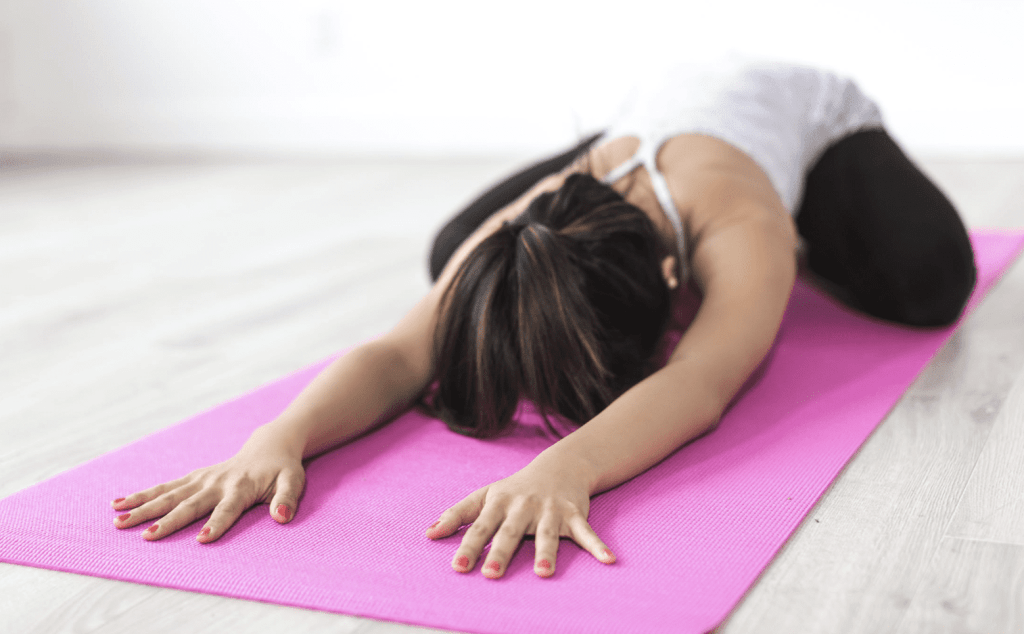Trauma affects people in different ways—physically and psychologically.
But did you know your body may be storing your trauma in a muscle you’ve probably never heard of?
It’s that pesky psoas (SO-az) .

Photo Credit: Pexels, Burst
Your body is built to react to traumatic experiences physically. Think of it as a basis for survival. Have you ever heard stories of how people acquire superhuman strength and can move a car to save someone? Yeah, like that kind of physical.
Even your very cells react to and store trauma.
If these physical responses remain “stuck,” they begin to cause issues. Animals and babies can easily release stress and trauma by literally shaking it off or by crying. But as adults, we learn to hold in our emotions, thus making the process of release much more drawn out and difficult.
https://www.instagram.com/p/B2wFFV2CqsR/
How do the psoas muscles come into play?
Your psoas is the strongest muscle in your hip flexors, and it contributes to nearly everything you do— from posture to core strength to moving your legs pretty much at all. Back pain is often related to psoas tightness.
If you’ve ever done yoga, you know that almost everyone has tight hips, even people with flexible hips. Yoga teachers often focus on your hips because they believe, with good reason, that humans “store unexpressed emotions” there.
When you think about it, your hips don’t really move much throughout the day—in the course of normal activity, the rest of your body sort of ends up moving around your hips. That means the moving parts release tension, while the static parts don’t.
Since psoas muscles make up the core of your body, they are most affected by our need to survive (i.e. flight or fight). This is part of why after participating in a yoga or stretching session, we feel calmer and more relieved.
Especially if you spend most of your day sitting down, your psoas is not getting the stretching it needs to release all of the pent up emotion and anxiety of modern life.
Take a look at this video on the proper way to stretch this area.
https://www.youtube.com/watch?time_continue=4&v=x2DB_ABQMFg
As you practice, you may find your body shaking on different levels. This is okay, but try not to push too hard. Listen to your body. At times you might feel like a good cry is about to burst through, since your mind and body are open. Allow it to happen. This is the muscle releasing trauma.
The human body is an amazing creation, and we want to keep it that way.
Namaste.






